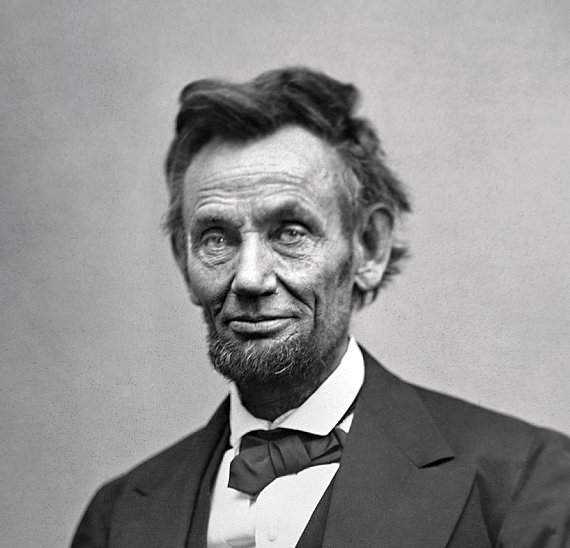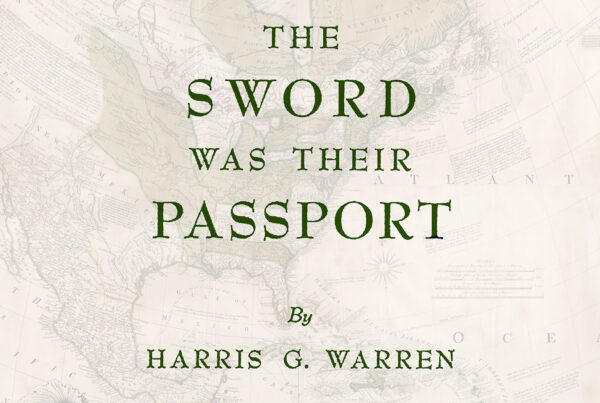Everyone understands the concept of the keystone and the linchpin. Even those who do not comprehend why these objects are of supreme importance, understand that, in fact, they are. For if one destroys the keystone, the arch dependent upon it will fall and if one removes the linchpin, the apparatus it binds together comes apart. There are keystones and linchpins in many situations. Indeed, almost every human circumstance contains to some degree, a keystone or a linchpin, the destruction or removal of which brings the whole thing crashing down. Those interested in refuting what is being alleged must first find that individual or idea representing the keystone or linchpin and remove or destroy it so that what it supports will fall. Fail, and all remains even under the most intense assault.
Neither does that effort necessarily have to be of great magnitude. I remember a World War II movie about an effort to destroy a large bridge but the bridge was too massive and the enemy to prevalent for a direct assault. Thus it was determined to destroy a dam several miles upstream and let the flood waters destroy the bridge. Two officers take an explosive device and detonate it in a tunnel that runs along the bottom of the dam. The explosion is small and they escape greatly disappointed that their efforts were futile. However, the explosives expert knew better! His bomb was powerful enough to weaken the interior wall at the critical point—the keystone of the upstream arch of the dam! In a relatively short time, that critical point fails, the whole dam gives way and voila! the resulting flood destroys the bridge to swelling strains of martial music.
The greatest problem in attempting to destroy something—in this case, an historic narrative—is to find its keystone or linchpin. Until and unless that is determined and addressed, every assault on the narrative accomplishes little against its credibility. Even if one is successful in undermining some part of the narrative, without finding that one binding element that keeps the whole together, in the end, all efforts will essentially fail. So, what is the narrative and what—or who—the keystone? The narrative is what passes for the “history” of the so-called “Civil War.” The name is incorrect but that is part of the narrative. And the “keystone” supporting this narrative and the “linchpin” that holds it together is the person and “history” of America’s 16th President, Abraham Lincoln. Until the myths surrounding Lincoln are exposed and the facts known, that war will never be properly understood and the present narrative will remain to the detriment of reality, history and truth. For that narrative and the narrative of Lincoln are inextricably linked. To correct one is to correct both and to disprove one must logically change the other. Furthermore, it is far easier to address the Lincoln narrative than that of the war just as it is easier to remove the keystone than it is to all the blocks making up the arch or to remove the linchpin than to destroy what it binds together.
There is another reason why it is better to expose Lincoln than attempt to expose the lies about the war. Much of what has been written about the conflict is so complex and involves so much arising from the antebellum period, a period in which relatively few of today’s scholars even have an interest much less expertise—that it is hard to know what needs to be exposed. American education covers very little about any period of our past and what little coverage does exist, exists to drive home the narrative: that the war was all about black slavery and arose because the South attempted to illegally leave the Union to preserve slavery while the “loyal” States led by the federal government under the greatest American President, Abraham Lincoln, went to war to preserve the Union and free the slaves. Even our most dull-witted citizens can understand such simple, albeit false, pronouncements and all that arises from them.
And, of course, that is the problem. In a debate it is easy to make a charge while refuting it is much more complicated! The result in our intellectually limited culture is simple: people remember the charge but forget the response. Indeed, our elections prove that negative political advertising works! People remember the charge but not the defense against it. It doesn’t matter how ludicrous the charge, how obviously false, it needs only be made for the damage to be done. It is not a matter of “positive” or “negative,” but of which side is permitted to make the charges and claims and which side is relegated to responding to them. For far too long, the “establishment” or “winner’s” version of history has been permitted to make its claims without the other side even being allowed to respond! As a result, much of what “everybody knows” is a lie.
As this is the case, it is obvious what a Herculean task it is to refute the Legend of Lincoln as all the claims are claimed, all the myths made and all the fables fabricated. Even the ignorant know that Lincoln “saved the Union and freed the slaves.” People who cannot name six Presidents know Lincoln! They know what he looked like and they know that he was forced to go to war when the traitors of the South fired on the American flag. They know that he was assassinated and died for the sins of the nation just when fortune favored him with victory over the slavers, traitors and rebels. They know that he loved the Constitution and liberated blacks—whom he also loved! They know all of that—but all of that is a lie. The real Lincoln remains untouched and untroubled for few can bring themselves to believe that so much “history” is so much poppycock!
More astounding is the fact that the truth is well documented! All the claims are easily disproved, all the myths quickly disbursed, all the legends rendered silly with little effort. But people want the legend! They love comfortable lies and as long as Lincoln stands, so, too, does the “historic” version of Lincoln’s war and all that that means. But if the idol is found to have feet of clay, the whole monstrosity will fall from the weight of its own counterfeit. The larger the fraud, the more difficult it is to keep it from unraveling. There is simply too much truth extant to avoid it forever—or to avoid it until such time as Americans no longer care about the truth. And apparently, that time may well be at hand.







Hello, Mrs. Protopapas. I and some of family members are putting the finishing touches on the prototype of a website designed to put current news items in the context of the historic events–recent and old (the War Between the States being an example of the latter)–they allude or relate to: for example, a political hack’s defamation of Lee or the South as traitors would be shown, a) Lee’s conduct vs, say, Sherman’s in the war, b) the New England secession movement (which no one thought was illegal, though some thought it foolish and/or unpatriotic), c) Lincoln’s letter to Greeley (. . . if I could save the union by freeing no slaves I would. . .), etc. Would you like to hear about it further?
It sounds very interesting. I have articles that connect what was and what is (and even the consequences that might obtain if the matter is not rectified). Please feel free to contact me at [email protected]. I will share some of my articles with you if they are of interest and, of course, you can keep me apprised of your own endeavors.
Thank you for thinking of me.
A great idea! Please keep us all notified when and where to find you site.
Absolutely
Beautifully written. Especially the conclusion.
The truth may well not matter. Imagine, no one caring that Lincoln ‘freed’ the slaves.
Excellence work by Mrs. Valarie Protopapas!